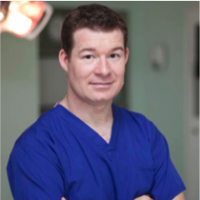
The Need
Brain injuries can be overwhelming for people, their families, and society.
Approximately 50% of the homeless population and over 60% of the prison population report a history of brain injury.
Long-term acquired brain injuries (or ABIs) are also common in people who have had sports concussions, falls or head injuries as a young child.
If we are aware of the risk factors that result in ABI we can reduce how often they happen. Taking early opportunities to recognise and treat injury can minimise the risk of long term effects.
The Need
Brain injuries can be overwhelming for people, their families, and society.
Approximately 50% of the homeless population and over 60% of the prison population report a history of brain injury.
Long-term acquired brain injuries (or ABIs) are also common in people who have had sports concussions, falls or head injuries as a young child.
If we are aware of the risk factors that result in ABI we can reduce how often they happen. Taking early opportunities to recognise and treat injury can minimise the risk of long term effects.
How can we help?
Virtually all ABI is preventable. We hope that by educating the most at-risk groups, we will reduce long-term brain injury.
We can reduce ABI by focusing on the three forms of injury prevention:
- Primary prevention – increase the knowledge of the causes of ABI and educate communities working with at-risk groups on how to prevent ABI.
- Secondary prevention – improve screening and diagnosis of ABI to increase early intervention and reduce long-term brain injury.
- Tertiary prevention – improve the ability to identify individuals experiencing ABI in the community and improve access to care services for those with brain injury.
How can we help?
Virtually all ABI is preventable. We hope that by educating the most at-risk groups, we will reduce long-term brain injury.
We can reduce ABI by focusing on the three forms of injury prevention:
- Primary prevention – increase the knowledge of the causes of ABI and educate communities working with at-risk groups on how to prevent ABI.
- Secondary prevention – improve screening and diagnosis of ABI to increase early intervention and reduce long-term brain injury.
- Tertiary prevention – improve the ability to identify individuals experiencing recognisable and unrecognisable ABI in the community and improve access to care services for those with brain injury.



